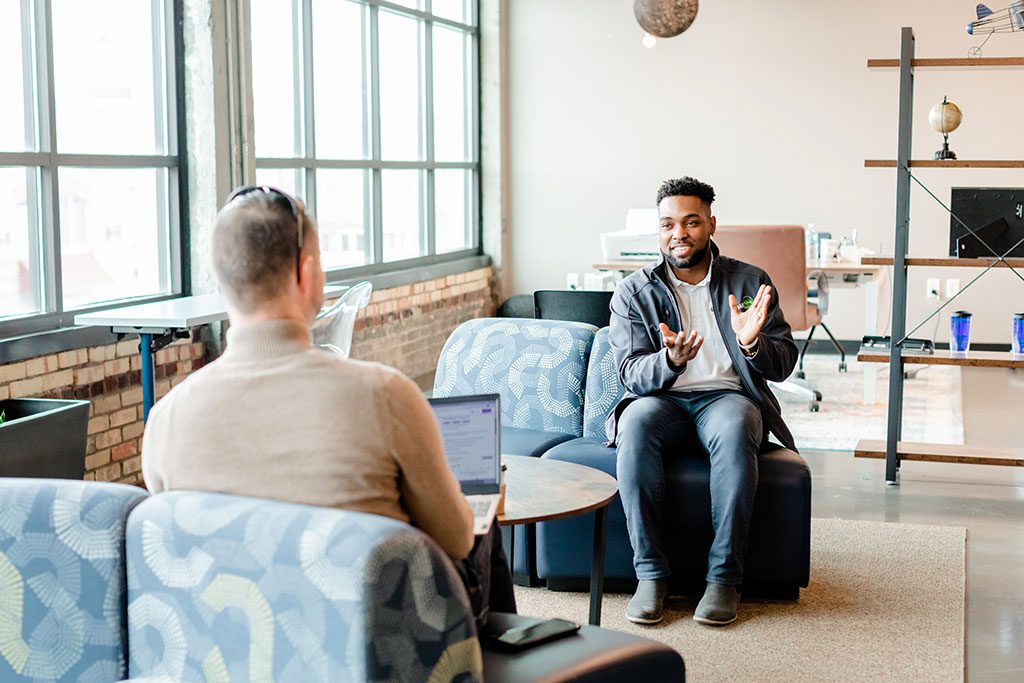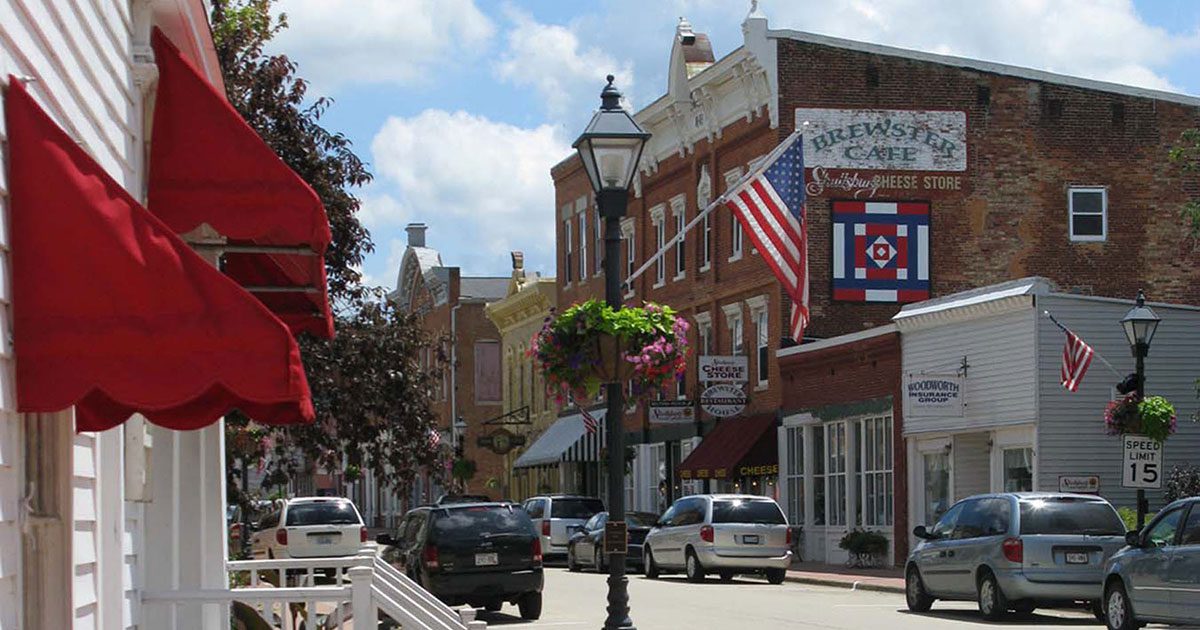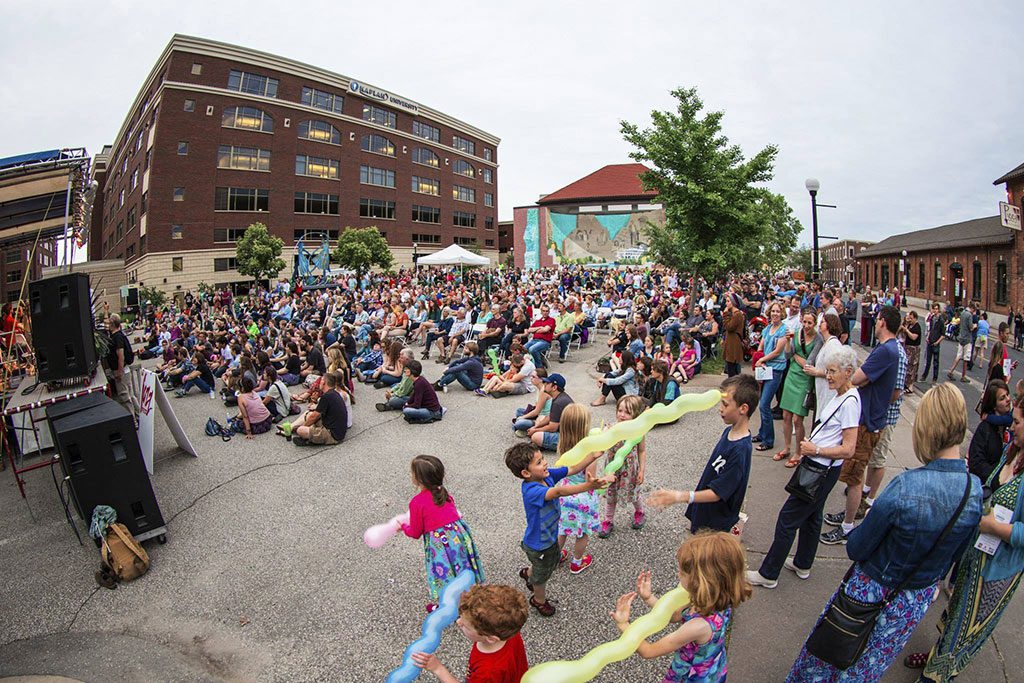When faced with any challenge involving the effective use of space, Chris Socha of The Kubala Washatko Architects, Inc. encourages community developers to clearly define what problem they are trying to solve. Speaking at the 2016 Main Street Now Conference in Milwaukee with co-presenters Maggie Jacobus of Creative Alliance Milwaukee and Philip Winn from Project for Public Spaces, Socha outlined key strategies his firm has developed for the revitalization of Milwaukee’s Westown, including Grand Avenue Mall, all of which are meant to increase social engagement within the geographic heart of the city.
“It is hard for vibrancy to emerge from surface parking lots,” Socha began, highlighting how the network of streets feeding Wisconsin Avenue in downtown Milwaukee’s original layout has been disrupted through the extension of city blocks that are now too long to support pedestrian interaction. The result is what Socha described as “pockets of discontinuity.”
“We need more things happening at more frequency,” he said.
Jacobus referenced psychographic research conducted on Milwaukee’s downtown in which respondents used less-than-flattering adjectives to describe the heart of Milwaukee, including, “scary.”
“The way we build things affects how people feel in them,” Socha added, sharing a vision for Westown that celebrates the “ballet of street life” the area could support with a few key transformations.
Drawing upon lessons from The Spot 4MKE, a surface parking lot at the corner of 4th and Wisconsin that now serves as an open, interactive public space, Socha proposes creating pedestrian continuity throughout Westown with many social touchpoints. This reimagined Wisconsin Avenue encourages street life with pop-up markets and permanent murals. “Outdoor rooms” border Grand Avenue Mall, which has the potential to house dynamic office areas that support a new creative economy.
Executing such a vision depends upon the cultivation of a culture of place-making, noted Winn. Advocating a “lighter, quicker, cheaper” approach to creative place-making, Winn observed that in any community development project, “the biggest positive outcome is not specific improvement, but rather, the capacity to continuously improve.” Short-term, temporary solutions, he added, have the potential to affect long-term change.






